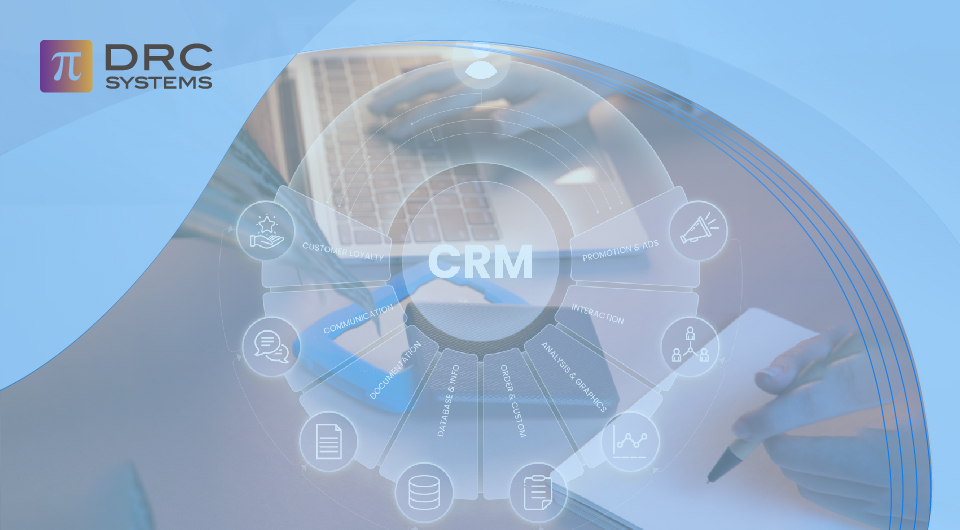Related Articles
9 Hottest CRM Tips to Skyrocket Your Sales
Implement these 9 CRM tactics to take your sales numbers to reach new heights.
Read The PostHow to Make Your HubSpot Investment Work: Short Term & Long Term
Here’s a complete checklist to maximize the value of your HubSpot investment for both short-term and long-term business goals.
Read The Post13 Reasons Why You Need to Start Using HubSpot Right Away
13 ways HubSpot can support your business operations.
Read The Post


